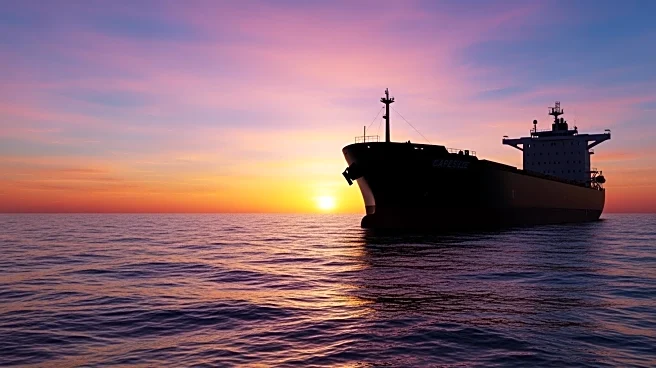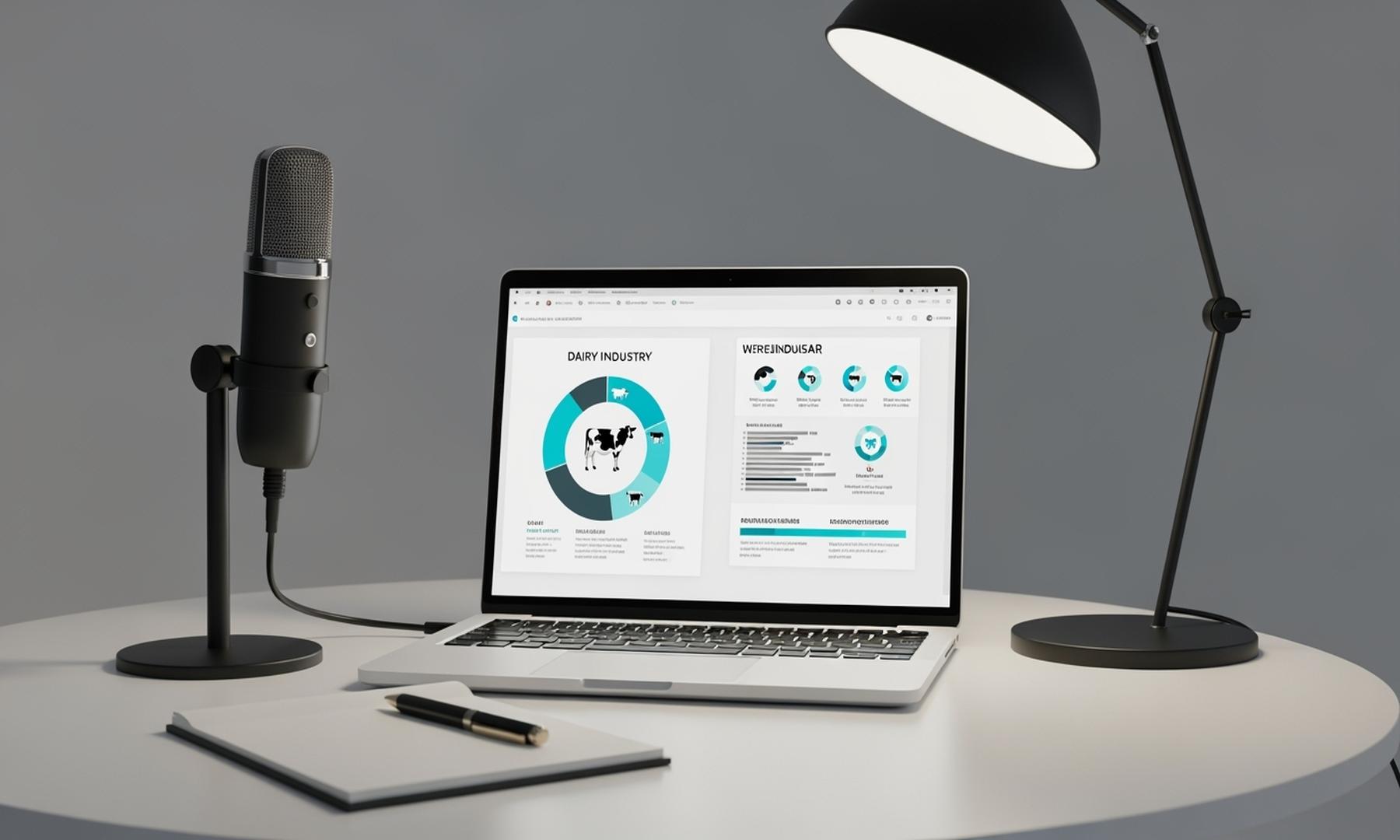What's Happening?
Capesize vessel values have surged to their highest levels since October 2008, driven by global trade adjustments and increased demand for modern tonnage. The market has seen a 23% increase in values for 5-year-old
Capesizes, reaching USD 67.73 million. Despite high asset values, the transactional side has slowed, with S&P activity down 27% year-on-year. Chinese buyers remain significant players, accounting for 26% of purchases. The market is experiencing a shift in cargo demand, with Guinea bauxite increasingly replacing coal, affecting the Bulker spectrum.
Why It's Important?
The rise in Capesize values reflects broader economic and geopolitical shifts impacting global trade. The slowdown in S&P activity suggests potential buyers are cautious, possibly waiting for market corrections. The increased demand for modern tonnage indicates a strategic positioning by owners in anticipation of tightening supply fundamentals. The shift in cargo demand from coal to bauxite could have long-term implications for trade routes and vessel utilization patterns, affecting stakeholders in the shipping and commodities industries.
What's Next?
The coming weeks will be crucial in determining whether current rate levels are sustainable or a temporary plateau. Market sentiment remains cautiously optimistic, with owners of modern tonnage commanding premium rates. The resolution of pricing disputes between China and BHP may stabilize ton-mile demand, while fresh Chinese port fee adjustments could reshape routing economics. Stakeholders will closely monitor these developments to assess future market dynamics.
Beyond the Headlines
The disconnect between asset values and earnings highlights potential risks for investors and owners. The geopolitical influence of China in procurement mechanisms underscores its growing clout in global trade. The cargo reshuffling from coal to bauxite may lead to strategic realignments in the shipping industry, affecting long-term supply chain dynamics.












